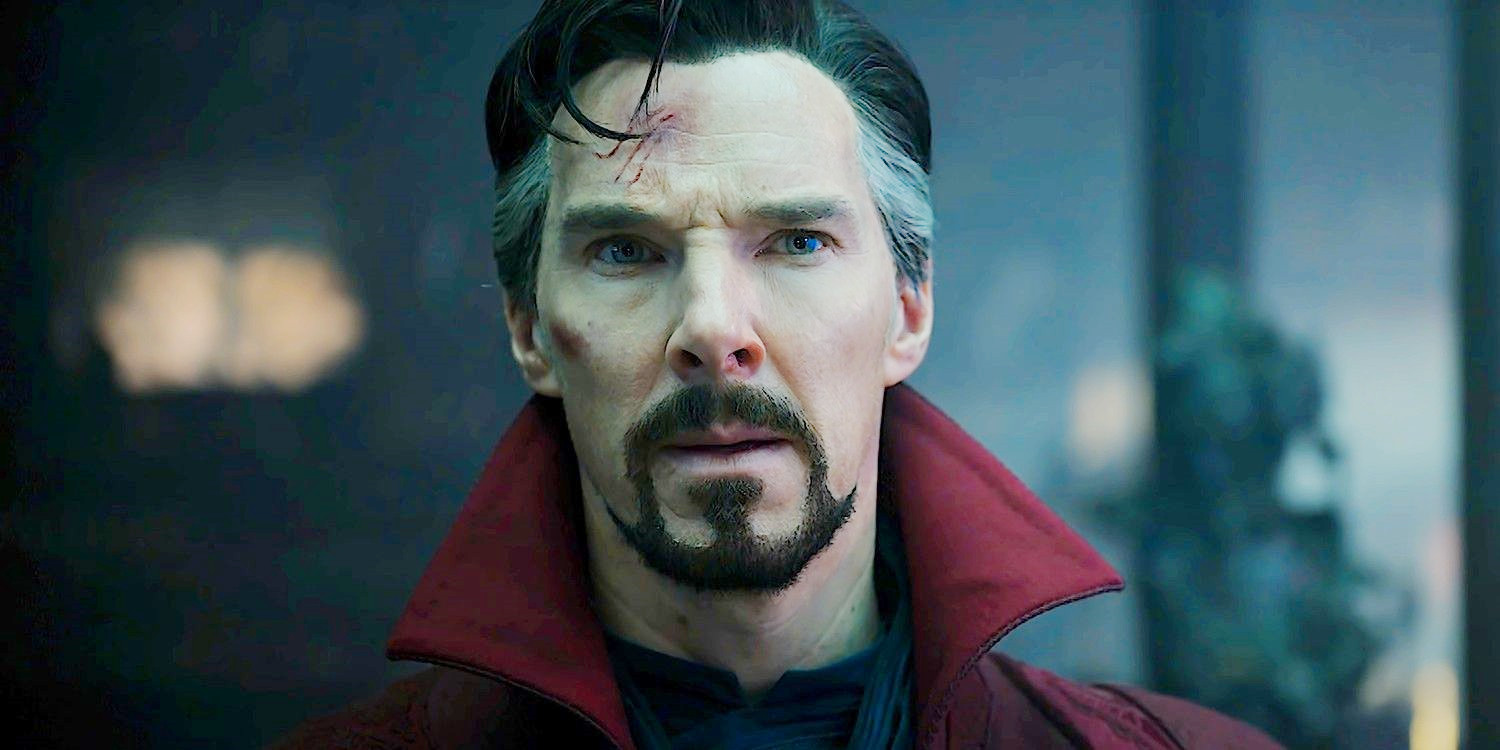
2022 saw the release of Sam Raimi’s first movie in nearly 10 years, so it’s no surprise that many in the film community took the opportunity to celebrate one of our finest pop auteurs, a director whose work has over time become so iconic that it’s easy to take his unique style and artfulness for granted.
After all, how many filmmakers today making either low-budget schlocky horror films or big studio blockbusters have even a fraction of the artistry and craft Raimi brought to classics such as his “Evil Dead” and “Spider-Man” trilogies? And not only that, where are the auteurs primarily known for working within a certain genre who can branch out and direct films as different as a modern spaghetti western or a grounded crime drama, and do both just as well?
That’s Raimi for you – a hugely gifted artist always worthy of celebrating. With that in mind, here’s a list of all his features, from worst to best.
15. For Love Of The Game (1999)
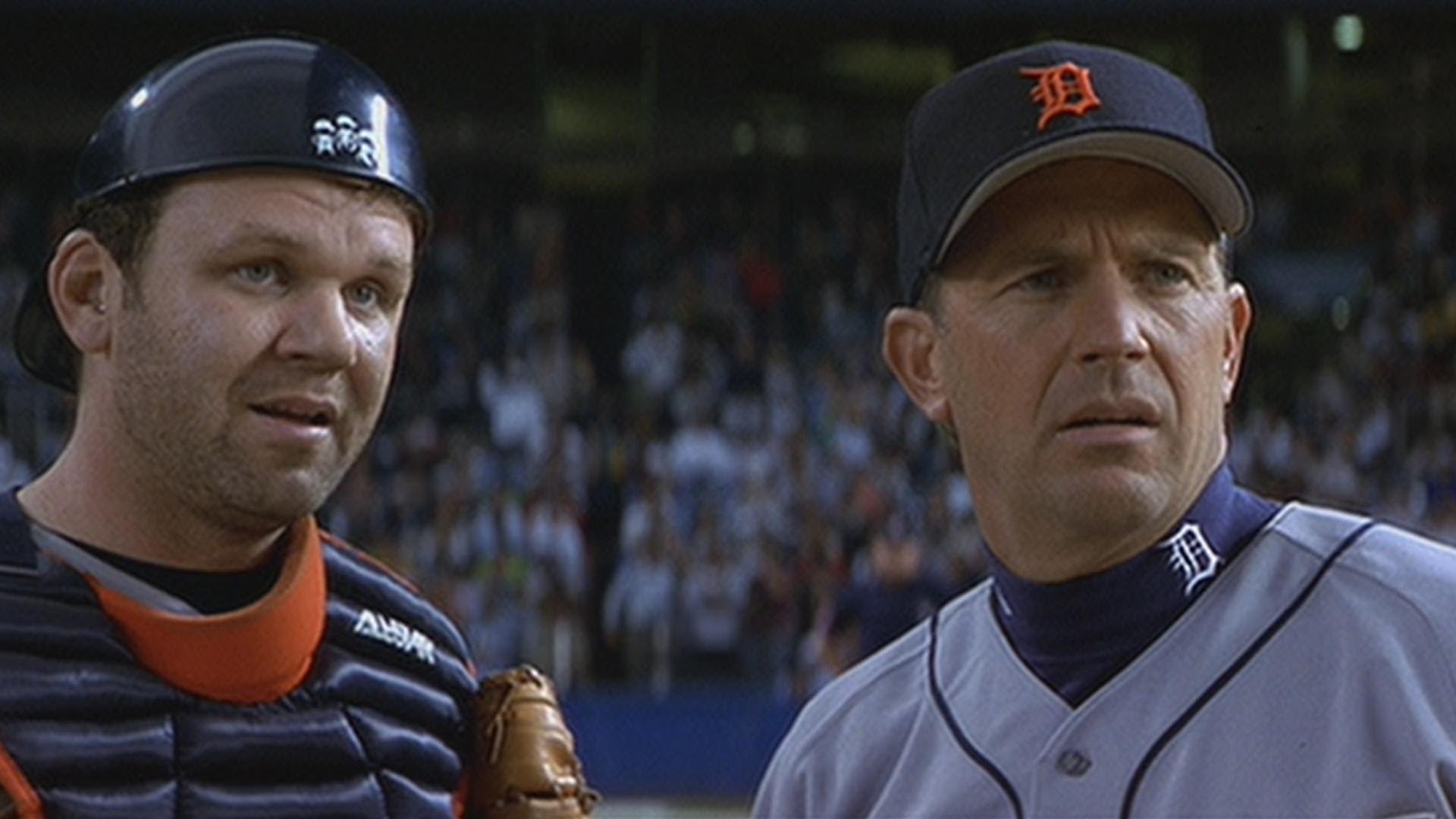
Raimi has made his fair share of bad movies, but even his worst, most incoherent films are unquestionably the product of a distinct voice – the pictures may fall short of greatness but at least they have personality and verve.
The only time Raimi made a completely anonymous work, a film so devoid of any distinguishing features that it could’ve been directed by virtually anyone, was with “For Love Of The Game,” a Kevin Costner-led baseball drama so bland and forgettable that it couldn’t even find a shelf life on cable – despite being a quintessential “dad movie” tailor-made for such viewing.
But even by these standards, “For Love Of The Game” is subpar; a relentlessly boring endeavor that sidelines its sports drama nature in favor of an utterly soporific romance that feels endless. Raimi may have technically made “worse” movies in many ways, but for a director known primarily for the unique visual energy he brings to every project, there could be nothing worse than something as lifeless as this.
14. Oz: The Great And Powerful (2013)
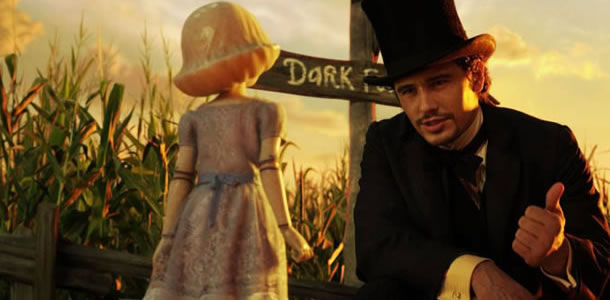
While not as uncharacteristically bland as the aforementioned baseball drama, “Oz: The Great And Powerful” is another film that feels almost completely alien to the distinct style that defines Sam Raimi’s best work.
In fact, less the project of an individual auteur, “Oz” seems more, in the worst ways, like the product of corporate trends. Cashing in on the early 2010s craze for retellings of classic fairy tales with Disney in particular looking to recapture the success of Tim Burton’s “Alice In Wonderland” – which would explain this film’s garish CGI aesthetic, very reminiscent of Burton’s movie.
Raimi does manage to smuggle in here and there some visually inspired sequences (the black and white prologue and the meta climax are particularly well-crafted), but overall “Oz: The Great And Powerful” can’t escape it’s mercenary nature, a soulless studio-mandated affair that got it’s director to stop working for almost 10 years.
13. Crimewave (1985)
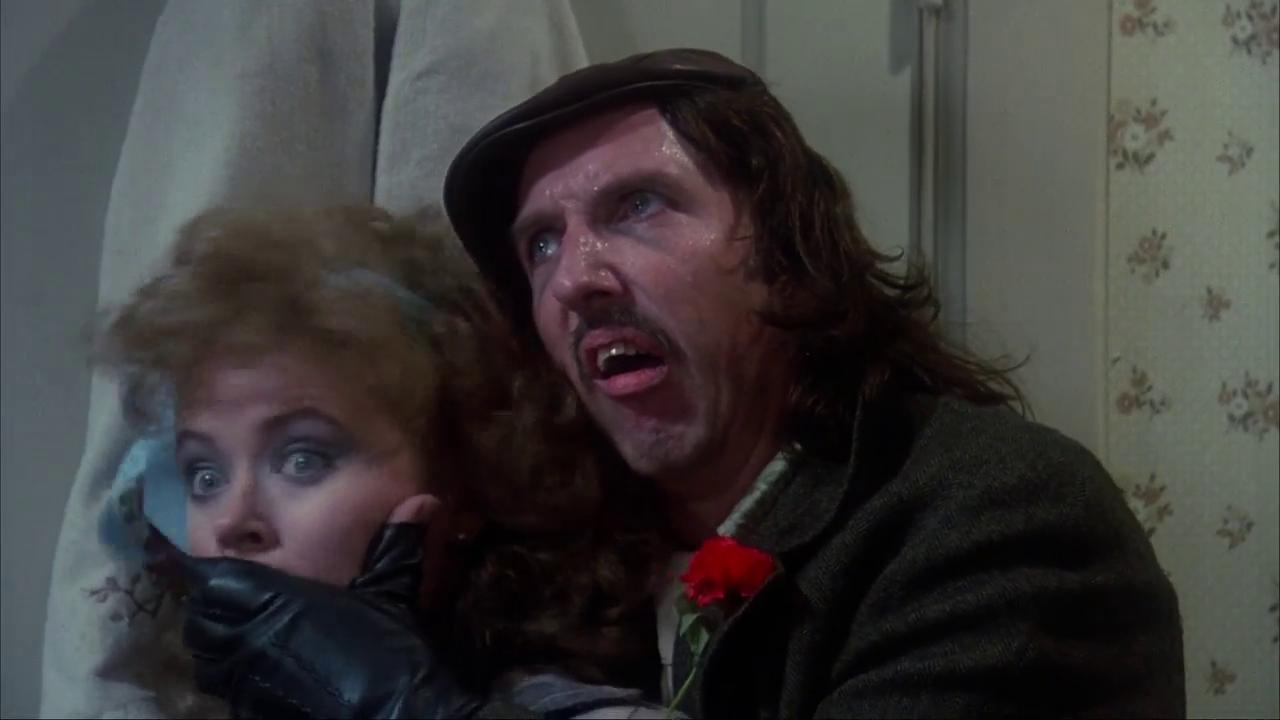
A film disavowed by virtually everyone involved in it’s making, from co-writers Joel & Ethan Coen to actor Bruce Campbell (not to mention, of course, Raimi himself), “Crimewave” is really not as bad as it’s reputation would suggest – which is not to say, in turn, that it’s a “good” film, exactly.
If anything, it’s the most frustrating example in Raimi’s career of missed potential; the heavily compromised production (with endless studio interference even leading to Raimi being kicked out of the editing process) destroys much of the essential rhythm of the director’s comedy. Here the chaos feels sloppy rather than deliberate; the gags don’t land as they should and the tricky tonal balancing at work (mixing noir plotting with madcap screwball comedy) is never properly achieved.
Still, amid the relentless noise of it all, “Crimewave” does feature glimpses of Raimi’s Looney-Tunes visual brilliance – it is at times a genuinely funny and inventive caper. Those moments alone would justify a watch, but they’re also enough to make one sad just imagining what the picture could’ve been had Raimi been allowed to fulfill his vision.
12. The Gift (2000)
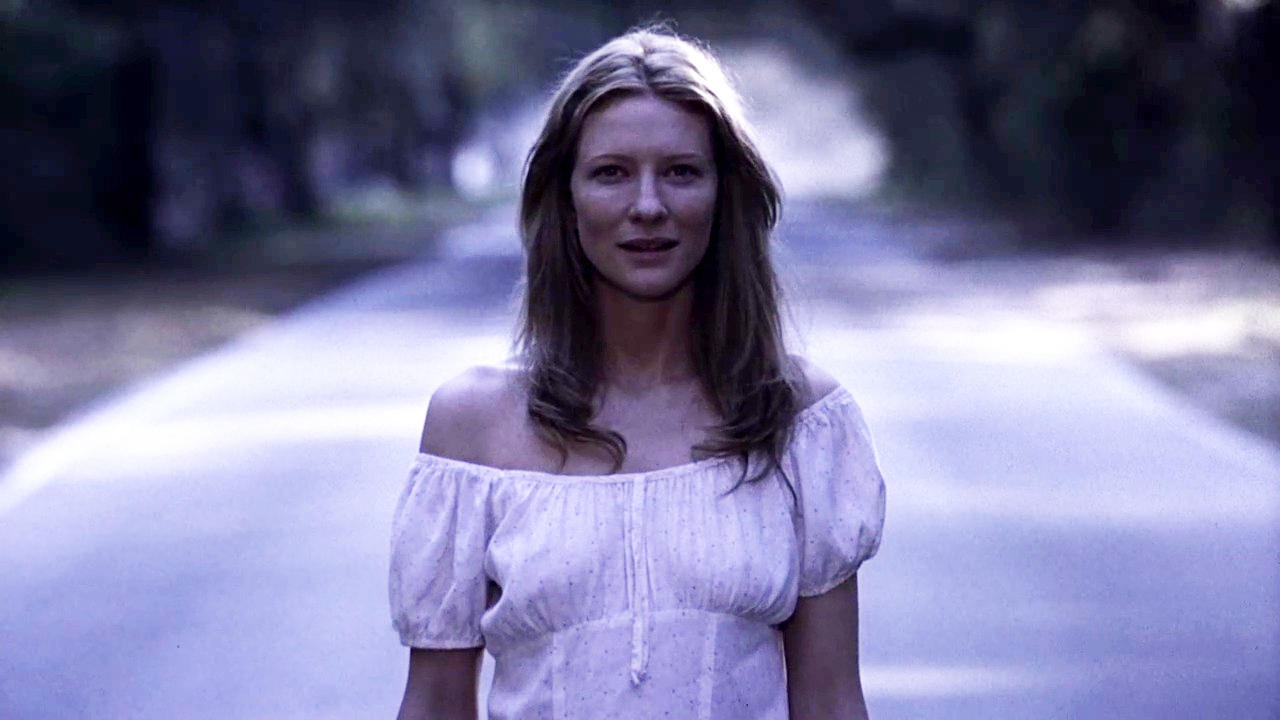
Following their glorious collaboration on “A Simple Plan”, Raimi and Billy Bob Thornton reunited for a wildly different project with “The Gift”, a southern gothic supernatural mystery that is equal parts indebted to Tennesse Williams and Stephen King.
The film (written by Thornton) boasts one of the most impressive, insanely stacked casts of Raimi’s career; from movie stars such as Cate Blanchett, Keanu Reeves and Hilary Swank to wonderful character actors like J.K Simmons, Kim Dickens and Giovanni Ribisi – almost all of whom are giving extremely big, un-naturalistic performances that fit the melodramatic nature of the story.
Interestingly, however, Raimi himself has rarely been more restrained; forgoing his trademark manic camera moves for a brooding, atmospheric visual stillness. It’s an interesting departure from his style, but also undoubtedly a step down from it. Ultimately “The Gift”, while perfectly competent and mildly entertaining, is simply not interesting enough to stand up to Raimi’s finest outings.
11. Doctor Strange In The Multiverse Of Madness (2022)
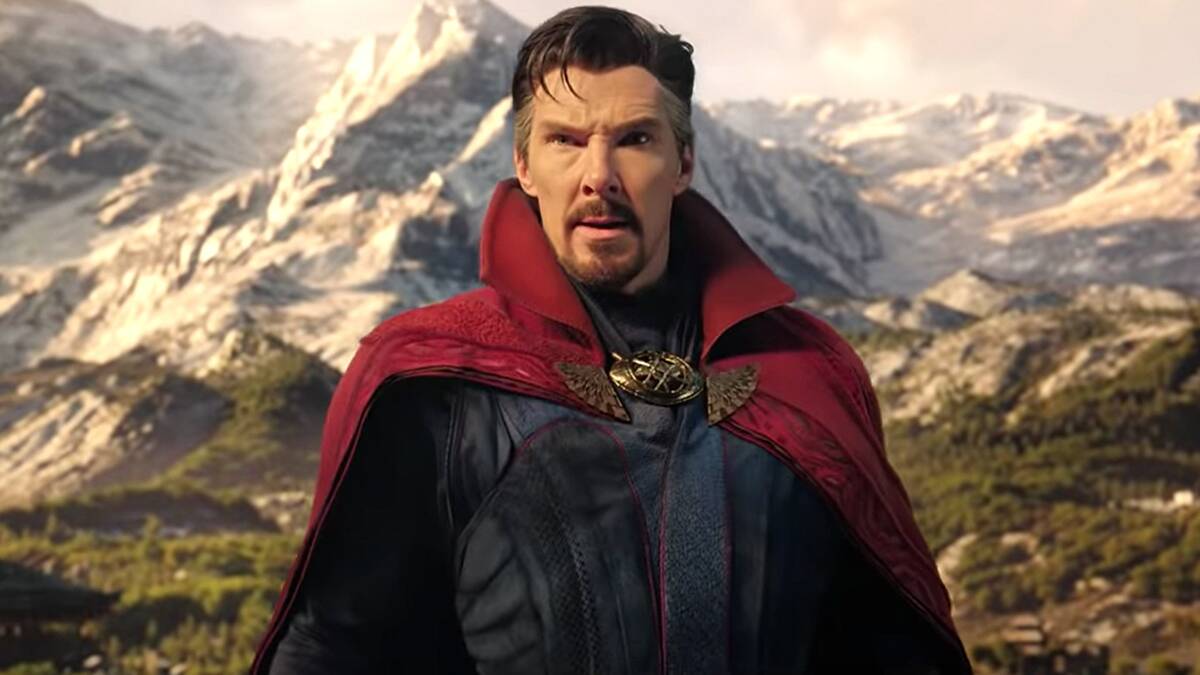
The rare Marvel movie eagerly anticipated not necessarily for any larger brand-related reasons (though, of course, there were those who cared about that) but for who was at the helm, “Doctor Strange In The Multiverse Of Madness” bridged the gap between mainstream comic book fans and cinephiles, for even the most anti-Marvel among us Raimi fans couldn’t help but be excited for his first movie in 9 years.
Of course, there was the concern of whether this was gonna be a real Raimi film or if his style would be completely numbed by Marvel’s absolute commitment to visual blandness; all pre-viz and gray color palletes. Now that the movie has finally come out, we can confidently say that the answer to the question of “Did Sam Raimi actually direct Doctor Strange In The Multiverse Of Madness?’ is a resounding “kind of.”
Like all late Marvel productions, the film can’t escape the obligatory cameos and empty tie ins to other titles; in fact, it’s even more dependent on the larger brand than most other films, because in order to even understand it’s basic premise one would need to be familiar with not only previous Marvel movies but even a TV show.
So, narratively, this is one of Raimi’s weakest and least personal endeavors; just another inconsequential chapter in an endless ouroboros of interconnected storytelling. But the good news is that a great director can insert some sense of personality and visual inventiveness even in the most barebones material and that’s just what Raimi does here, relishing every opportunity he gets to craft some genuinely creative sequences.
10. Spider Man 3 (2007)
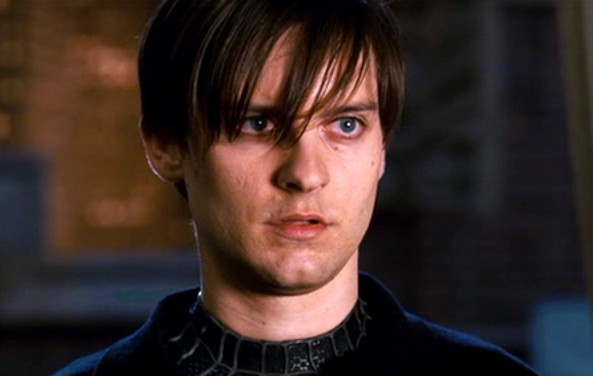
Raimi’s Spider Man trilogy, being the blueprint of not only the entirety of modern superhero movies but also, in a broader sense, of current blockbuster filmmaking in general, was the harbinger of many trends of popular cinema that’ve come to be commonplace.
It established the basic structure of an origin story, helped to usher in the age of astronomical box office numbers and, most telling, in the case of the third film, was one of the first examples of a major blockbuster being the recipient of entitled fan vitriol. The main points of contention against this have been repeated ad nauseam (“emo” Peter Parker, the excessive number of villains, the representation of Eddie Brock and Venom), so instead of re-litigating those same old arguments it’s better to ask ourselves how valid those criticism are in the first place.
Fifteen years later, with the benefit of hindsight and a decade and a half of increasingly more formulaic and subpar superhero cinema behind us, it seems clear that Raimi’s final entry in the trilogy deserves much more than it’s bad reputation – it is undoubtedly inferior to the first two movies (a little too scattered and narratively clumsy; hampered by studio demands) but still filled with tremendous sequences and ideas – the action scenes remain as thrillingly intense as ever,the central character relationships are just as emotionally engaging and everything relating to the Sandman is just brilliant.
9. The Quick And The Dead (1995)
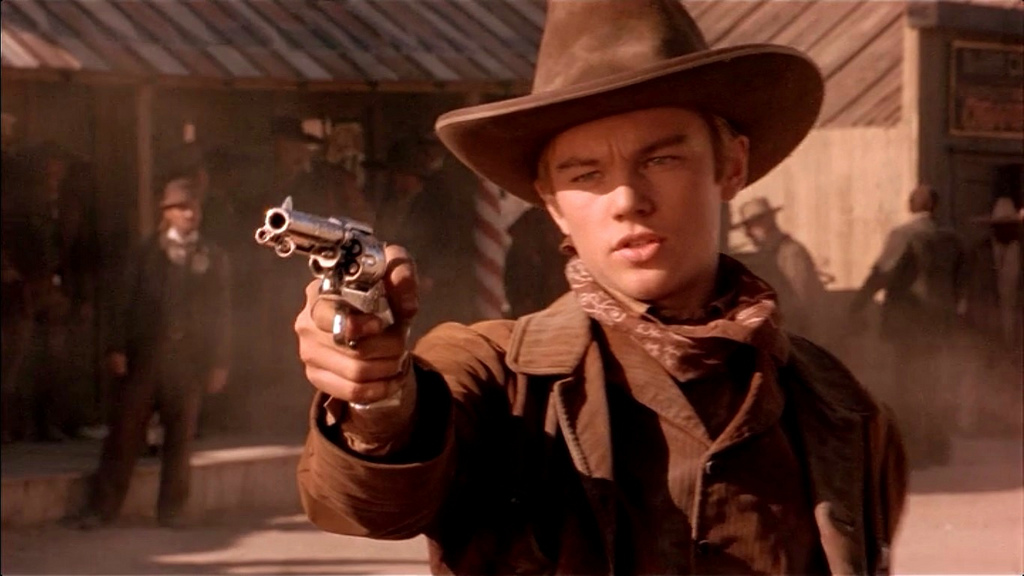
In a lesser director’s career, a movie like “The Quick And The Dead” (deeply stylish, endlessly entertaining, jaw-droppingly cast across the board) would be their crown jewel – so it’s a testament to Raimi’s excellence that this wonderful western doesn’t even rank among his very best efforts.
Like many of his contemporaries, Raimi’s artistry is frequently birthed from pastiche, taking established styles from the past and putting his own spin on them – his main influences being, specifically, Tex Avery-style chaotic visual comedy and comic book silliness. The key to Raimi’s longevity and talent, however, is that (much like his longtime friends and sometimes collaborators the Coen Brothers) he never stoops to simple imitation – every time he tackles a genre or style he doesn’t seek to simply mimic the tropes and visual ideas of the classics, but rather uses them as a stepping stone to exercise his stylistic predilections.
“The Quick And The Dead” is perhaps the clearest example of that. Nominally a spaghetti western (featuring vaguely Morricone-esque twangs in the score, staredowns, and a standard revenge plot), the film is actually an excuse for Raimi to indulge in his most giddy camera moves; a playground for a brilliant stylist to go insane with complicated compositions and wild edits. So, needless to say, just an absolute blast.